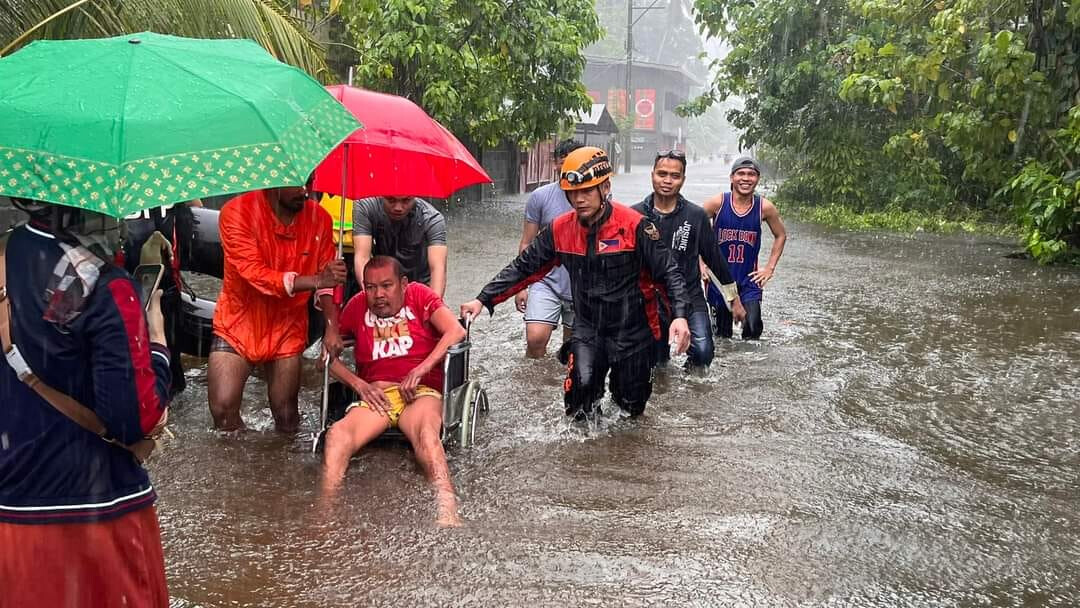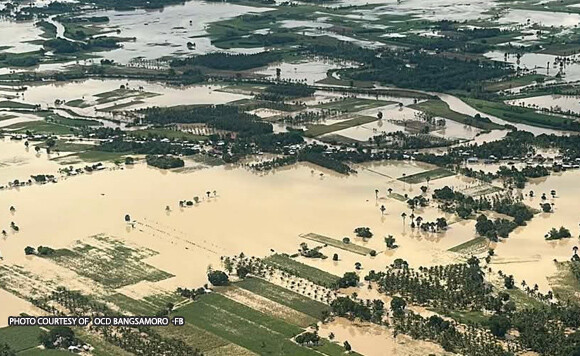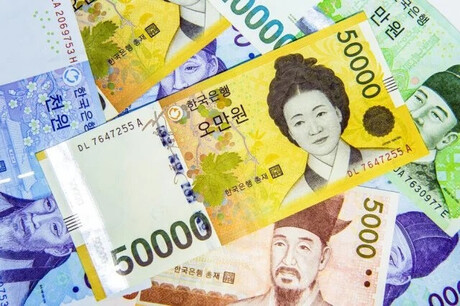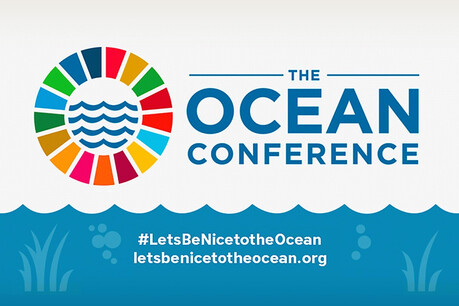
Manila, Philippines – Between May 14 and 22, 2025, heavy rainfall and subsequent widespread flooding in Maguindanao del Sur province on Mindanao Island, Philippines, have affected approximately 270,000 residents, local authorities announced. Triggered by the Intertropical Convergence Zone (ITCZ), these torrential rains have led to house damage, traffic paralysis, and the displacement of thousands. A state of calamity has been declared in 24 affected cities and municipalities.
Unrelenting Rains Threaten Further Expansion of Damage
The floods have impacted 120 areas within Maguindanao del Sur province since May 14, causing severe damage, particularly to transportation and infrastructure. At least three houses have been completely destroyed, and four roads and one bridge remain impassable.
According to a May 22 report by the National Disaster Risk Reduction and Management Council (NDRRMC) of the Philippines, approximately 8,000 displaced individuals are currently staying in eight evacuation centers, while 261,965 people are seeking refuge outside of these centers. This starkly illustrates the extensive scale of the current flood damage.
Grace Castañeda, a meteorologist at the Philippine Atmospheric, Geophysical and Astronomical Services Administration (PAGASA), warned, "Most parts of Mindanao remain vulnerable to heavy rainfall due to the lingering influence of the Intertropical Convergence Zone." Areas particularly at risk of additional rainfall and damage include the Zamboanga Peninsula, Bangsamoro region, Davao region, and the SOCSARGEN (Soccsksargen) corridor, which encompasses South Cotabato, Cotabato, Sultan Kudarat, Sarangani, and General Santos City.
Meteorological authorities have issued red and orange flood warnings across southern Philippines, forecasting heavy rains and thunderstorms over the next 48 hours. This measure emphasizes the need for residents in these areas to exercise extreme caution and prepare accordingly.

No Fatalities Reported, But Significant Economic Impact Feared
While no direct casualties have been reported from these floods so far, prolonged inundation and infrastructure damage are expected to have a massive impact on the local economy. Given Maguindanao del Sur's heavy reliance on agriculture, the flooding of farmlands and reduced crop yields directly threaten the livelihoods of its residents. Furthermore, paralyzed transportation networks could hinder the movement of goods and the delivery of relief supplies, potentially leading to secondary damages.
The National Disaster Risk Reduction and Management Council is intensifying relief operations in the affected areas, focusing on delivering essential aid such as food, water, and medicine. They are also collaborating with local governments and non-governmental organizations to establish temporary shelters and provide medical assistance for the displaced.
Highlighting the Importance of Climate Change and Disaster Management
The Philippines is geographically known to be highly vulnerable to typhoons and floods. In recent years, the impact of climate change has led to increasingly frequent and unpredictable extreme weather events, further underscoring the critical importance of disaster preparedness and management systems.
The current flood crisis in Maguindanao del Sur suggests that both the Philippine government and the international community must intensify their joint efforts to address climate change and reduce disaster risks. From a long-term perspective, investments in infrastructure, such as improving drainage systems, expanding flood control facilities, and strengthening early warning systems, should be prioritized. Educational programs to raise public awareness about disaster preparedness should also be implemented concurrently.
Furthermore, the international community must not hesitate to provide support to climate-vulnerable nations like the Philippines. Beyond financial aid, technical and expert assistance should be offered to help these countries recover and rebuild from disasters. When the Philippine government and the international community collaborate closely during the recovery and reconstruction process of these floods, the residents of Maguindanao del Sur can find hope in returning to their daily lives.
[Copyright (c) Global Economic Times. All Rights Reserved.]




























